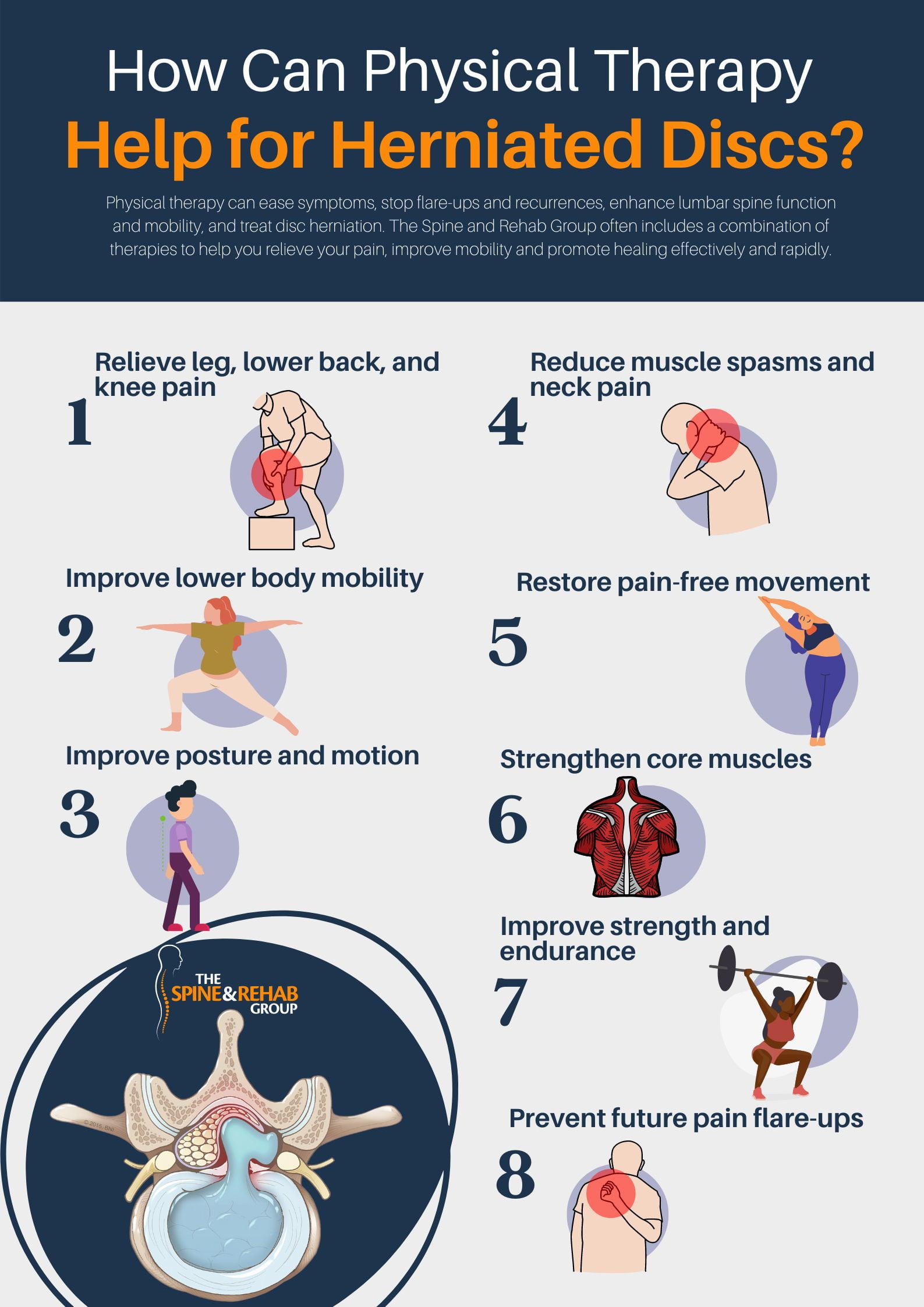Pain is an fundamental part of the human experience, often functioning as a indication that something is amiss within our bodies. Nevertheless, for many people, pain can become a persistent condition that greatly impacts well-being. Understanding pain treatment is vital for those who seek to reduce discomfort and enhance their quality of life. This article delves into various pain management options and therapies, offering a comprehensive guide to natural strategies that prioritize healing without damage.
From the differences between acute and chronic pain to the most effective therapies available, we examine the detailed relationship between pain and treatment. Whether you are seeking ways to manage arthritis pain or looking for holistic methods like yoga and mindfulness, there are numerous options to evaluate. This journey into the world of pain management will not only empower you with insight about effective treatments but also provide perspectives into how lifestyle changes and alternative therapies can lead to lasting ease.
Grasping Pain Management

Pain control is an vital aspect of healthcare that focuses on lessening pain and improving quality of life for individuals experiencing various conditions. It includes a wide range of methods aimed at providing relief from severe and chronic pain. By considering both physical and emotional components, effective pain management permits individuals to engage in a fuller way in their daily activities, enhancing overall health.
There are countless different types of pain, and each requires a personalized approach for effective management. Acute pain often results from trauma or operations and is typically brief, while chronic pain continues for an prolonged period, often surpassing the normal recovery process. Understanding the nature of pain is crucial in developing a comprehensive treatment plan that may consist of therapies such as physiotherapy, chiropractic care, and alternative treatments.
Pain control centers play a pivotal role in supporting patients through their pain experiences. These specialized services offer integrated approaches, merging medical, physical, and psychological interventions. By using https://painmdhouston.com/ , healthcare providers can help patients attain relief and instruct them how to manage their pain successfully, encouraging a higher sense of control and enhanced quality of life.
Natural Therapies for Pain Relief
Natural therapies for discomfort relief offer a complementary approach that complements traditional medical treatments. Methods such as needling, massage therapy, and spinal therapy have gained popularity as beneficial means to treat discomfort without relying on pharmaceuticals. This technique, rooted in ancient Chinese medicine, involves the placement of fine needles into targeted points on the body to enhance energy flow and promote healing. Many individuals find relief from multiple conditions, including migraines and back pain, through this practice.
Massage therapy, another essential part of natural pain management, functions by targeting muscle tension and improving circulation. By using different techniques such as therapeutic, Swedish, or trigger point massage, therapists can alleviate discomfort associated with chronic conditions like tender point syndrome and arthritis. Regular sessions can contribute to long-lasting pain relief and enhance overall health, providing a soothing alternative to more invasive treatments.
Chiropractic care focuses on diagnosing and treating musculoskeletal disorders, particularly vertebral issues. Chiropractors use hands-on techniques to realign misalignments, which can relieve tension on nerves and improve mobility. This therapy can be especially beneficial for those suffering from lumbar issues or sciatica. By addressing the root cause of discomfort, chiropractic care not only alleviates pain but also encourages long-term wellness and preventive care.
Lifestyle Modifications for Chronic Pain
Implementing daily changes can greatly enhance the standard of life for individuals living with long-term discomfort. One of the most impactful adjustments involves incorporating consistent physical activity into daily routines. Gentle exercises such as strolling, swimming, or cycling improve mobility, build muscles, and boost endorphins, which naturally help reduce pain. It's crucial to select activities that seem comfortable and pleasant, as this boosts the chances of consistency. Additionally, creating a structured exercise plan with the support of a healthcare provider can offer the necessary support to prevent further discomfort.
Dietary adjustments also play a crucial role in handling chronic pain. Following an anti-inflammatory diet rich in fresh fruits, greens, healthy grains, and good fats can help reduce swelling throughout the body. Items like fatty fish, nuts, and leafy greens provide essential nutrients that contribute to pain relief. It is also important to reduce processed foods, refined sweeteners, and unhealthy fats, which can exacerbate inflammation. Staying hydrated and being aware of food sensitivities can additionally aid in lowering pain levels.
Lastly, prioritizing mental health through stress-reduction techniques is essential for those dealing with chronic pain. Methods such as mindfulness meditation, yoga, and breath-focused exercises can be helpful in reducing stress and, therefore, pain perception. Incorporating relaxation techniques into daily life can create a sense of control over pain and promote a more positive outlook. Maintaining a balanced lifestyle that includes adequate sleep, relationships, and pleasurable activities can help individuals navigate their pain more efficiently and enhance overall health.
